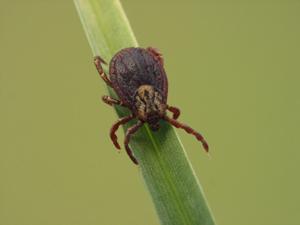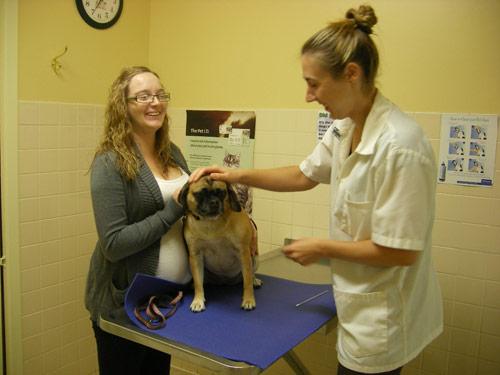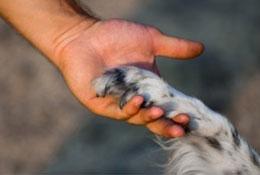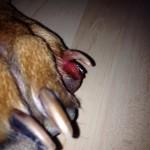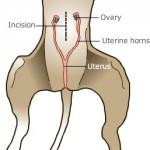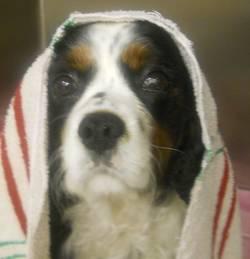
The ground is starting to thaw in Perth County! Although winter temperatures likely killed most larvae from last year, the soil is now warm enough to incubate roundworm eggs. Adult roundworms are intestinal parasites. Here at Mitchell Veterinary Services, we see many of these white spaghetti-looking worms in pets’ feces. Roundworm eggs cannot be seen with the naked eye.
Cats and dogs become infected by eating infective eggs or hunting rodents, birds or insects, which often contain larvae in their tissues. Once ingested, the larvae hatch out of the pet’s gut and migrate through its muscle, liver and lungs. After several weeks, the larvae enter back into the intestine where they mature into adult worms. The adult worms then breed and hatch eggs, which the pet releases into their environment when they poop.
Puppies and kittens are more likely to be infected as the parasite is also transmitted through their mother’s milk or the placenta (in the case of puppies). Many puppies and kittens don’t show symptoms of roundworm infection, but it may be the cause of being underweight or “runty”, having a pot-belly appearance and looking sickly. An animal with a roundworm infection may vomit or have diarrhea, both of which may contain adult worms.
We recommend testing all puppies and kittens for roundworm eggs by bringing us a fresh fecal sample on their first visit to the clinic. Our Registered Veterinary Technician performs an intestinal parasite screen in which the sample is examined for a variety of parasite eggs. Once your pet has a negative fecal test, we recommend a yearly intestinal screening test at the time of its annual examination.
If your pet is positive for roundworm, we recommend treating them with a veterinary-approved product. Larvae in migration cannot be killed by any products, so it is important for deworming to be repeated 2 weeks after the first dose. Due to the high likelihood of puppies and kittens being infected with roundworms, we put them on a deworming protocol when they come in for their first series of vaccines. Adult pets benefit from monthly deworming in the summer months. There are prescription products available that provide flea and heartworm prevention as well as intestinal parasite control.
Roundworm eggs develop into larva in their environment as early as 4 weeks, but may survive up to 5 years. A human is at risk of ingesting infective eggs from a contaminated environment – including children playing in sandboxes, gardening, eating unwashed vegetables and fruit or improper hand washing after handling animal feces. The larva has the potential to migrate through the human body, causing headaches, blindness and other symptoms.
Cleaning up your pet’s feces daily will dramatically reduce the presence of infective eggs for both your human and furry family members. We at Mitchell Veterinary Services believe that through treatment and prevention, roundworms don’t have to impact our pets’ health or our interactions with them.

